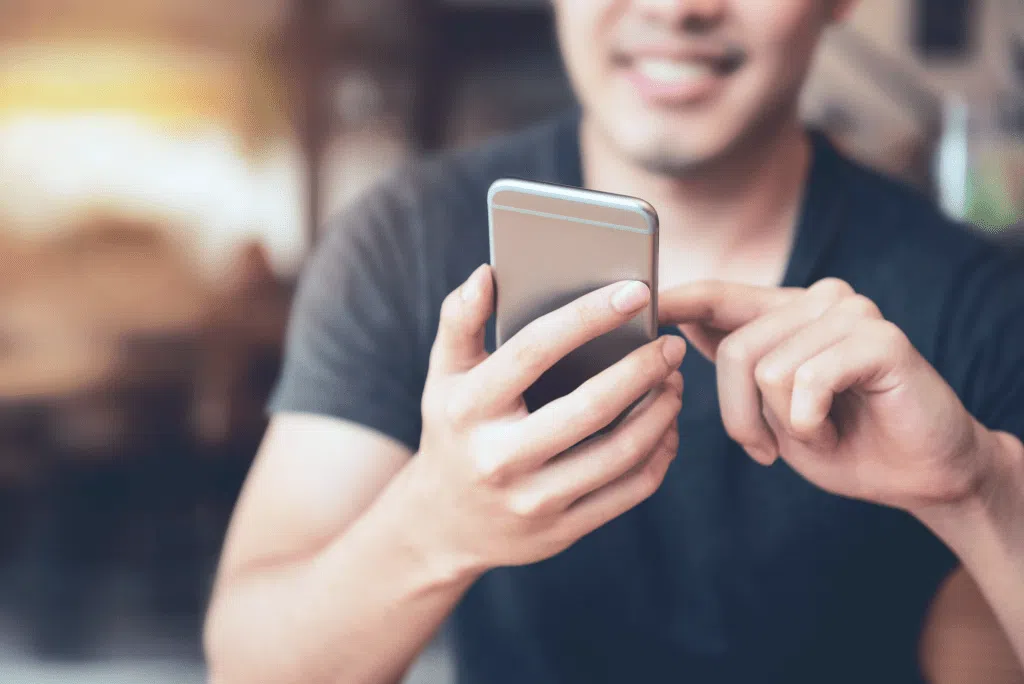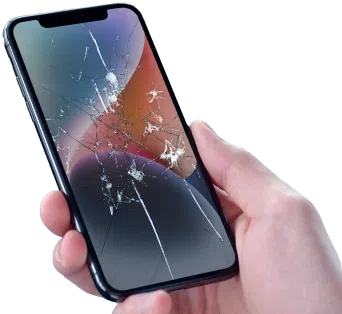
Switching from an Android device to an iPhone can open up a world of seamless user experience, reliability, and integration within Apple’s ecosystem. However, transitioning to a new operating system can feel daunting, especially when it comes to transferring your data. Questions about compatibility, lost files, or the inability to transfer certain apps might hold you back. Fortunately, with proper preparation and the right tools, you can make the switch smoothly and without unnecessary stress.
This guide simplifies the process, covering key steps, useful tips, and tools like Apple’s Move to iOS app to ensure a hassle-free switch. Whether you’re transferring photos, contacts, or even figuring out how to manage files that don’t easily transfer, we’ve got you covered. Let’s get started.
Preparing to Switch
Making the switch starts with proper preparation. By taking a few preliminary steps, you can ensure your data is safe, and your devices are ready for transfer. This stage is essential for avoiding hiccups during the transition.
Back-Up Your Android Data
Backing up your Android data ensures that none of your important files, photos, or contacts are lost during the process.
- Use Google Drive to store important files in the cloud. The platform is reliable and provides free storage up to a certain limit, making it an easy option for safeguarding critical data.
- If your Android device supports it, back up files to an SD card. This method not only adds a layer of protection but also allows you to access your data even if cloud storage is unavailable.
Charge Your Devices and Connect to Wi-Fi
A smooth transfer requires fully charged devices and a stable internet connection.
- Ensure both your Android and iPhone have sufficient battery life to prevent interruptions during the transfer process.
- Connect to a reliable Wi-Fi network, as most data transfer methods, particularly those involving large files, depend on steady connectivity.
Prepare Key Accounts
Preparing your accounts makes it easier to sync and restore your data once the transfer is complete.
- Sync Gmail contacts, calendars, and other essential information to your Google account. This ensures seamless access when setting up your iPhone.
- Make a list of apps you use frequently and check their availability on the App Store. Knowing what to expect helps you plan for alternatives if certain apps are Android-exclusive.
Is your phone not working?
Get a free phone diagnosis in 5 minutes when you visit us in-store.
Learn more
Using the Move to iOS App
Apple’s Move to iOS app is a powerful tool for transferring data from Android to iPhone. Designed to make switching platforms straightforward, the app moves contacts, message history, photos, videos, and more. Best of all, it’s free and comes built into the iPhone setup process.
How the Move to iOS App Works
The app securely creates a private Wi-Fi connection between your Android and iPhone, allowing data transfer without the need for cables or external storage.
- Download the Move to iOS app from the Google Play Store on your Android device.
- Start the transfer: On your iPhone, follow the setup prompts until you reach the “Apps & Data” screen. Select Move Data from Android.
- Connect your devices: Open the app on your Android and enter the code displayed on your iPhone to establish a connection.
- Choose what to transfer: Select the data categories you want to move, such as contacts, photos, or calendars, and begin the transfer.
The app streamlines the migration process, eliminating the need for multiple tools or manual transfers.
Troubleshooting Tips
While the Move to iOS app is reliable, occasional issues can arise:
- If the devices fail to connect, double-check that both are on the same Wi-Fi network.
- Restart both your Android and iPhone if the process stalls, and ensure the app is up to date.
- Verify that your iPhone has enough storage space to accommodate the transferred data.
Alternative Methods for Data Transfer
While the Move to iOS app is comprehensive, it’s not always the ideal solution for every user. Depending on your needs or the size of your data, alternative methods might be better suited for specific situations.
Third-Party Apps
Third-party apps can be incredibly useful for transferring files that don’t fall under the categories supported by Move to iOS.
- SHAREit: This app enables fast, wireless transfers of files like music, videos, and documents. It’s user-friendly and works on both Android and iOS.
- Google Photos: Use this app to back up your Android photos and videos to the cloud. You can then access them on your iPhone by downloading the Google Photos app from the App Store.
Manual Data Transfer
For users who prefer more control, manual transfer methods are a practical option.
- Contacts: Export your Android contacts as a vCard file and import them into iCloud on your iPhone.
- Files: Use cloud storage apps like Dropbox or Google Drive to upload your files and download them on your iPhone.
- Apps: Sync apps like Spotify and WhatsApp across platforms by signing into your accounts. For WhatsApp, ensure you back up your chat history to Google Drive before restoring it on your iPhone.
These methods can be especially helpful for users who encounter issues with Move to iOS or have specific data transfer requirements.
Transferring Data After Initial iOS Setup
If you’ve already set up your iPhone and skipped the Move to iOS app, don’t worry—there are still ways to transfer your data.
Step-by-Step Guidance
- Reset Your iPhone (Optional): If you’re willing to restart the setup process, go to Settings > General > Reset > Erase All Content and Settings. This allows you to use the Move to iOS app again.
- Use Alternative Tools:
- iCloud is a convenient option for syncing contacts, calendars, and other data. Simply upload the data from your Android and download it onto your iPhone.
- Desktop applications like AnyTrans offer advanced options for transferring files directly between devices.
- Sync Accounts Manually: Reconnect your Google account on your iPhone to regain access to Gmail, Google Calendar, and other services.
Even if the initial transfer is missed, these solutions ensure no data is left behind.
What Doesn’t Transfer and How to Manage It
While many types of data transfer seamlessly, some limitations remain. Being aware of these challenges and knowing how to address them can save time and frustration.
Non-Transferable Apps and Files
- Some Android-exclusive apps, such as those tied to specific hardware, may not have iOS versions. In such cases, you’ll need to find suitable alternatives on the App Store.
- Certain file types, especially those created by Android-specific software, may not be directly usable on iOS.
Workarounds
- Re-download your essential apps from the App Store and sign in with your credentials to regain access.
- Use online file converters to adapt unsupported file formats for use on iOS. Many websites and apps can quickly convert files like documents or media into compatible formats.
Quick Tips for a Smooth Transition
A few extra steps can help you settle into your new iPhone quickly and efficiently.
- Thoroughly test your iPhone after transferring your data to ensure everything has been moved successfully. This includes reviewing photos, checking messages, and confirming contacts.
- Set up Face ID or Touch ID for convenient and secure access to your device. Additionally, enable iCloud backups to safeguard your data going forward.
- Familiarize yourself with iOS-exclusive features like Widgets, Siri, and Focus Mode to make the most of your iPhone’s functionality.
These tips can help you hit the ground running and start enjoying your new device.
Seamless Switching Made Easy
Switching from Android to iPhone doesn’t have to be stressful. With the right preparation, tools like Move to iOS and knowledge of alternative methods, the transition can be quick and hassle-free. Whether you’re upgrading to a new iPhone or purchasing a refurbished one, the key is preparation and familiarity with your new device.
For expert advice or device support, contact us or visit a Mobile Klinik store near you! Whether you’ve bought a refurbished iPhone or are setting up a new cell phone, Mobile Klinik is here to help every step of the way.



